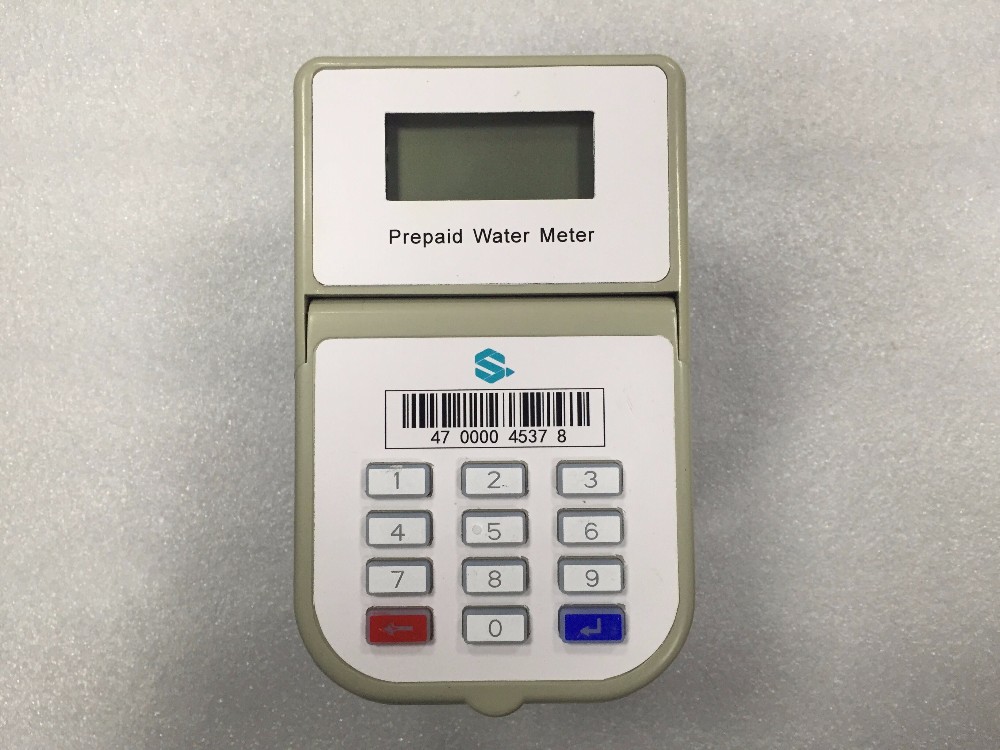

It’s performed well, gaining 38.67% over the past three years-trailing its benchmark, the S&P Global Clean Energy Index, by 0.2%. The fund also has the lowest expense ratio of any fund on this list, with its net expense ratio coming to 0.46%, equivalent to $4.60 per $1,000 invested. It gives investors exposure to clean energy companies around the world, holding 112 different stocks in its portfolio. The iShares Global Clean Energy ETF is one of the largest clean energy ETFs on the market by assets. Assets under management (AUM): $5.86 billion as of May 26, 2021.Here is a list of our partners who offer products that we have affiliate links for. While we work hard to provide accurate and up to date information that we think you will find relevant, Forbes Advisor does not and cannot guarantee that any information provided is complete and makes no representations or warranties in connection thereto, nor to the accuracy or applicability thereof. The compensation we receive from advertisers does not influence the recommendations or advice our editorial team provides in our articles or otherwise impact any of the editorial content on Forbes Advisor. Second, we also include links to advertisers’ offers in some of our articles these “affiliate links” may generate income for our site when you click on them. This site does not include all companies or products available within the market. The compensation we receive for those placements affects how and where advertisers’ offers appear on the site. First, we provide paid placements to advertisers to present their offers. This compensation comes from two main sources.
#Power utility eft for free
To help support our reporting work, and to continue our ability to provide this content for free to our readers, we receive compensation from the companies that advertise on the Forbes Advisor site. The Forbes Advisor editorial team is independent and objective.

Duke Energy, for example, acts not only as an energy service operator, but owns energy production units as well. While utilities can be subdivided into these and other sub-segments, many of the biggest utilities stocks are actually holding companies that own several subsidiary operations of one or more types. In some places, these utilities are provided by private for-profit companies. While some water and sewer utilities are publicly owned, this isn’t always the case. Similar to electricity transmitters, natural gas suppliers transmit natural gas across the country and/or supply straight to individual homes and businesses. Their rates and operations are subject to strict regulation. Energy service operators (ESOs) are public-facing utilities that provide power to consumers’ homes and businesses through individual meters. Distributors buy, sell and transmit electricity across the national grid, ensuring that it’s available for homes and businesses that need it. These are companies that produce electrical power through renewable or nonrenewable sources, including wind, solar, nuclear and hydroelectric. Among others, the utilities sector is typically composed of the following sub-sectors: As with any stock market sector, utilities stocks can be broken down into several industries and sub-sectors.


 0 kommentar(er)
0 kommentar(er)
